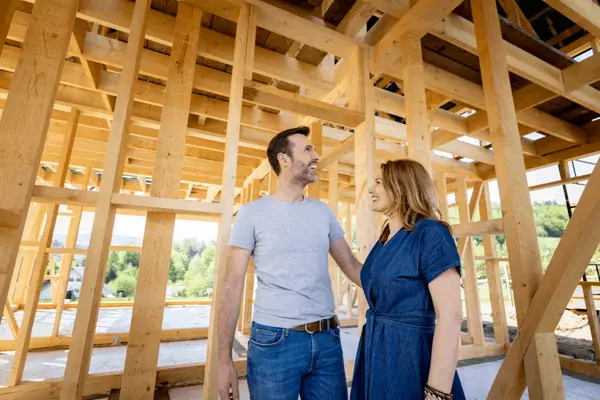Buying vs. Building a House: 5 Essential Tips to Help You Make the Right Choice
Choosing between buying a house and building one from scratch is a big decision! It’s kind of like picking between a ready-made cake from your favorite bakery or baking one yourself—each option has its own sweet benefits. So, which path should you take to find your dream home? Let’s break it down

Eida Fujii
Phone:+1(702) 480-9621
Leave a Message
Home Buying Tips
Home Selling Tips
What my clients say...
Sarah G.
Eida made the entire home-buying process so smooth and stress-free! Her expertise, attention to detail, and genuine care for what we needed truly set her apart. We felt supported every step of the way, and she negotiated an incredible deal. We couldn’t be happier!
David L.
I cannot recommend Eida enough! She handled the sale of our home with absolute professionalism and got us top dollar in record time. Her communication was excellent, and she made sure we were informed throughout the entire process. Truly the best real estate experience we've had!
Patrick C.
Working with Eida was a game-changer! She took the time to understand exactly what we wanted, and her local knowledge was invaluable. From start to finish, she was responsive, thorough, and an absolute pleasure to work with. We’re thrilled with our new home!









